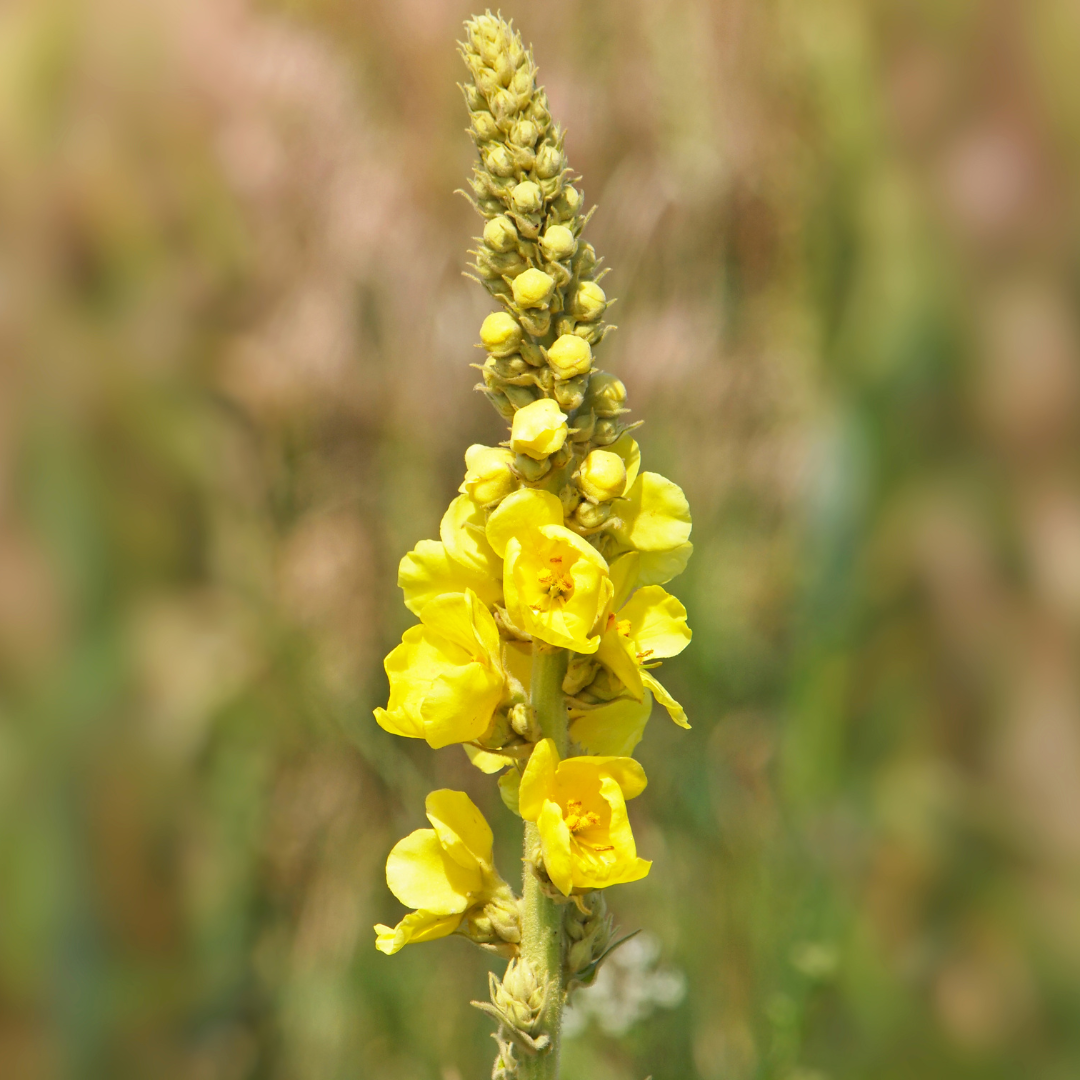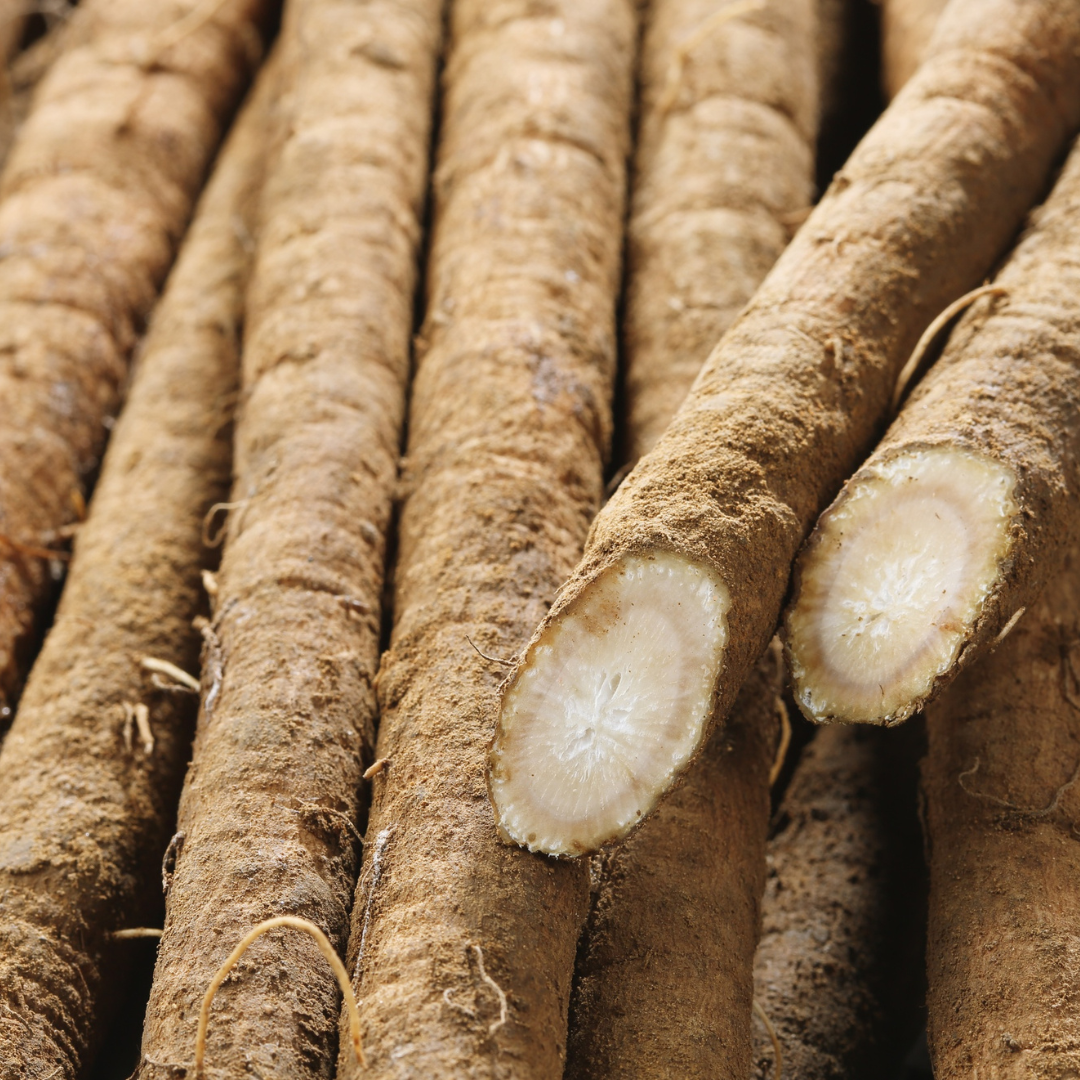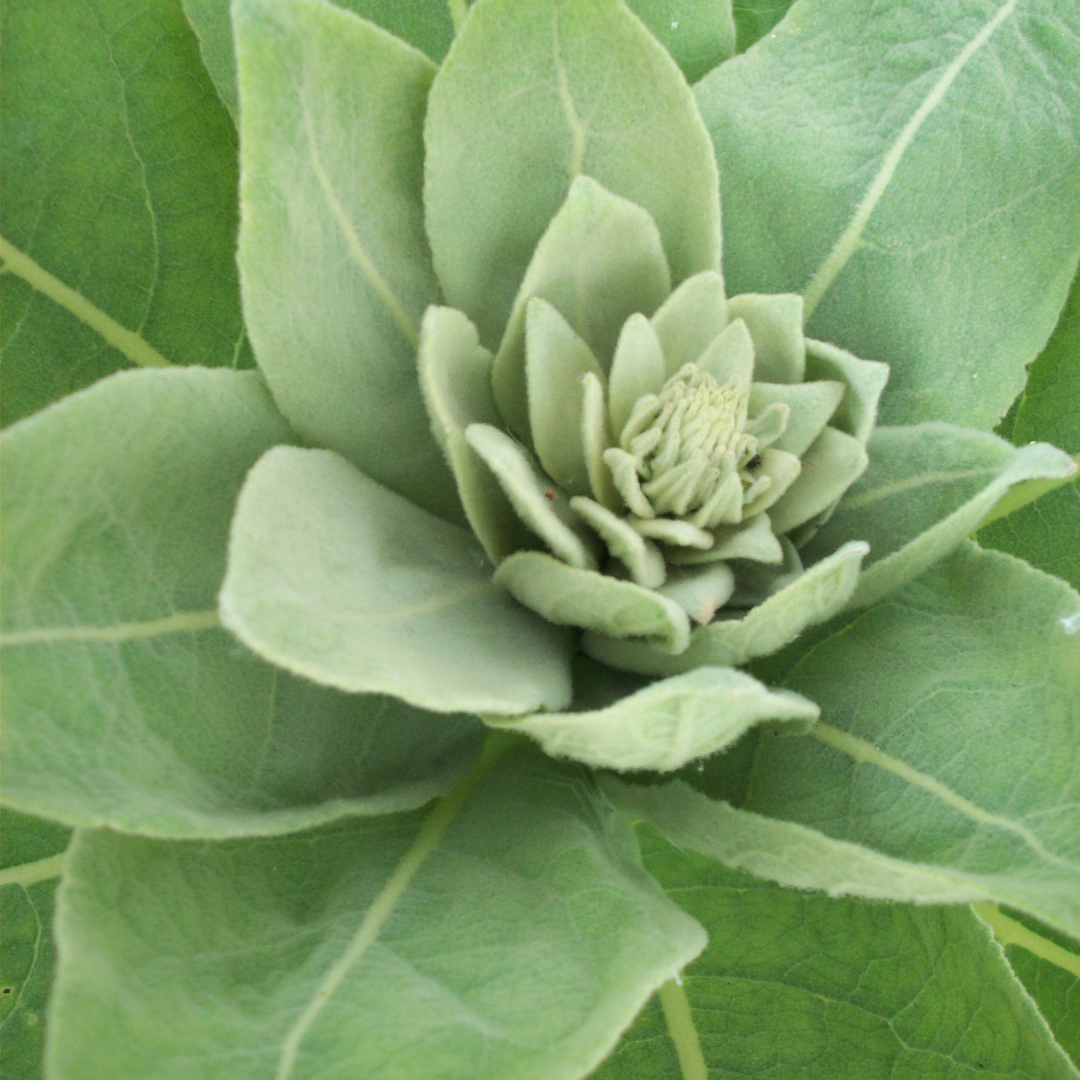
The 3 Ways To Use Mullein: Uses and Effects
Spring is finally here, and so is one of my favorite medicinal plants…mullein. Common Mullein (Verbascum thapsus L.) is an amazing biennial medicinal plant with a long history of use in herbal medicine. It thrives in poor soil, needs very little care, and self-seeds like a champ, making it easy to grow even for beginners.
This herb is popping up all over the farm, and I couldn’t be more excited! Mullein is an incredibly useful plant, and today, we’re going to take a deep dive into its benefits, uses, and how to harvest it.
Recognizable by its tall flowered stalk and fuzzy leaves, mullein has been used for centuries to support respiratory health and support the lungs during various illnesses. The entire plant can be used for different purposes. The three common ways to use mullein are in a root tincture, leaf tea, and flower oil. They are each used for a different purpose and used in different ways.
Mullein’s Traditional Uses
The use of mullein dates back to ancient times, with its medicinal properties recognized by Native Americans and European folk healers. Known as a “candlewick plant” for its tall, flower spike that resembles a candle, mullein has been used historically for respiratory conditions, skin irritation, and even as a remedy for joint pain. Here are some traditional uses of mullein:
- Respiratory Ailments: Common mullein is best known for its role in supporting the respiratory tract. Mullein leaves, flowers, and roots are often used to soothe mucous membranes and alleviate symptoms of respiratory conditions such as dry cough, sore throat, bronchitis, and asthma. The herb acts as an expectorant, helping to clear mucus from the lungs and reduce inflammation in the airways.
-
Ear Pain and Middle Ear Infections: Mullein oil, made by infusing mullein flowers in olive oil, has been traditionally used to soothe ear pain and middle ear infections. This soothing oil helps reduce inflammation and combat bacteria, providing relief from discomfort associated with ear issues.
-
Skin Conditions: Mullein has been used topically to soothe skin irritation, minor wounds, and burns. Mullein cream, made from mullein extract, is known to reduce skin inflammation and speed up the healing process. However, contact dermatitis can occur in some individuals, so it’s important to conduct a patch test before using any mullein-based products.
Where to Find Mullein
Though mullein isn’t native to the U.S., it can be found almost everywhere here today. A quick look around and you’ll find it in ditches, open fields, and along roadsides. Unfortunately, in large-scale farming areas, it’s often considered a weed and sprayed with herbicides. If you’re harvesting wild mullein, make sure you’re collecting it from a clean area free from chemical contamination.
The Herbal Properties of Mullein
Mullein is a powerful herb packed with medicinal properties. It’s a demulcent, expectorant, lung tonic, antiviral, antibacterial, and anti-inflammatory, and it’s an incredible herb for respiratory health and pain relief. Something really remarkable about mullein, is each part has a very specific job, and does it amazingly well.
Mullein Flowers: The Natural Earache Remedy

Mullein flowers have their own unique medicinal benefits, especially for ear health. When infused in oil, they make an excellent remedy for earaches and mild ear infections. To make mullein flower oil, simply place fresh flowers in olive oil and let them infuse for about four weeks before straining. A few drops in the ear can provide soothing relief—just be sure to avoid using it if there’s a suspected eardrum rupture.
Mullein Root: The Back Pain Reliever

The root of the mullein plant is often overlooked, but it has powerful anti-spasmodic and pain-relieving properties. It’s particularly helpful for low back pain and rib cage pain, especially for conditions like costochondritis, an inflammatory condition that causes pain and swelling between the ribs.
As someone with ankylosing spondylitis, I rely on mullein root tinctures to help manage inflammation and pain during flare-ups. It can also be used as a glycerite or tea, but tinctures tend to be the most convenient and potent form.
Mullein Leaves: The Lung Supporter

The leaves are most commonly used for respiratory issues. They have a soothing and hydrating effect on the lungs, helping to balance mucus production and prevent excess buildup. As an expectorant, mullein helps thin and move mucus out of the lungs, making it incredibly effective for conditions like bronchitis, asthma, and general lung congestion.
Traditionally, some cultures smoked mullein to help with lung issues, but I don’t recommend it, especially for those with asthma, COPD, or other respiratory conditions. Instead, I prefer to use mullein leaves in teas, infusions, or decoctions.
Understanding Mullein’s Growth Cycle...How & When To Harvest
Mullein is a biennial plant, meaning it takes two years to complete its life cycle. In its first year, it forms a low-growing rosette of soft, fuzzy leaves. Ever heard of “cowboy toilet paper”? This is it.
In the second year, it sends up a tall stalk, sometimes reaching six feet, with bright yellow flowers at the top. Once it completes this cycle, the plant dies, but it self-seeds readily, ensuring new growth for the next season.
On our farm, we make sure to have both first and second-year mullein growing each season, to make sure we have a continuous supply of leaves, flowers, and roots to create our herbal remedies for our family and our customers.
How To Harvest Mullein
When harvesting mullein, I like to take the outer leaves from the first and second-year plants, allowing the plant to continue producing. The best time to harvest the leaves is before the plant sends up its flowering stalk, as they are most potent then. For the flowers, pick them as they bloom, and for the roots, harvest them in the late fall of the second year.
Different Ways to Use Mullein
-
Mullein Tea: Made by steeping dried mullein leaves in hot water. It’s especially useful for soothing sore throats, calming dry coughs, loosening congestion, and supporting lung health. Be sure to strain the tea well to remove any small hairs from the leaves, which can irritate the throat. Use it on its own or as an ingredient with other respiratory supportive herbs to make a lung loving tea blend.
-
Mullein Tincture: Mullein tinctures are concentrated liquid extracts that provide a potent dose of the herb’s beneficial compounds. This method should be reserved for the root. While you can tincture the leaves, it isn’t the best way to access the properties because of the mucilage in the leaves. Mucilage does not tincture well.
-
Mullein Oil: Mullein oil, often used for earaches, is made by infusing mullein flowers in olive oil. This oil can be applied topically to alleviate ear pain. It’s super helpful for sonditions like swimmer’s ear, ear infections, and ear pressure with sinus issues. Always avoid using it if there’s a chance of a ruptured eardrum. To make an ear oil, harvest the flowers from the top of the second year mullein plant, dry them, and infuse them into oil. Do this by filling a jar 1/4 of the way, then top it off with olive oil. Rub the oil around the opening of the ear as needed for ear pain and pressure.
-
Mullein Inhalation: Made by boiling water and adding a larger amount of herb into a large bowl. Cover your head and the bowl with a large towel and breathe in the steam to loosen mucus, inflammation, and congestion. Put 1/4 to 1 cup of herb in a large bowl and cover it with hot water to make an inhalation. Immediately lean over and cover your head and the bowl with a large towel, and breathe deeply. Be sure to bring some tissues in there with you, it’ll clear your sinuses!
If you’ve never worked with mullein before, I highly encourage you to give it a try. It’s a powerful herb that deserves a place in every herbalist’s toolkit. Whether you’re using the leaves for lung support, the root for pain relief, or the flowers for ear health, this plant offers incredible benefits with minimal effort to grow or harvest.
Start with a simple tea or infusion and see how your body responds. Herbalism is all about learning from the plants and finding what works best for you!
If you’re just getting started with herbal medicine, mullein is a wonderful place to begin. It’s gentle, powerful, and super accessible. To learn more about herbs that support the lungs and respiratory system, click here.
Don't miss a thing!
New herbal education and recipes delivered to your inbox.
We hate SPAM. We will never sell your information, for any reason.
Recent Posts
